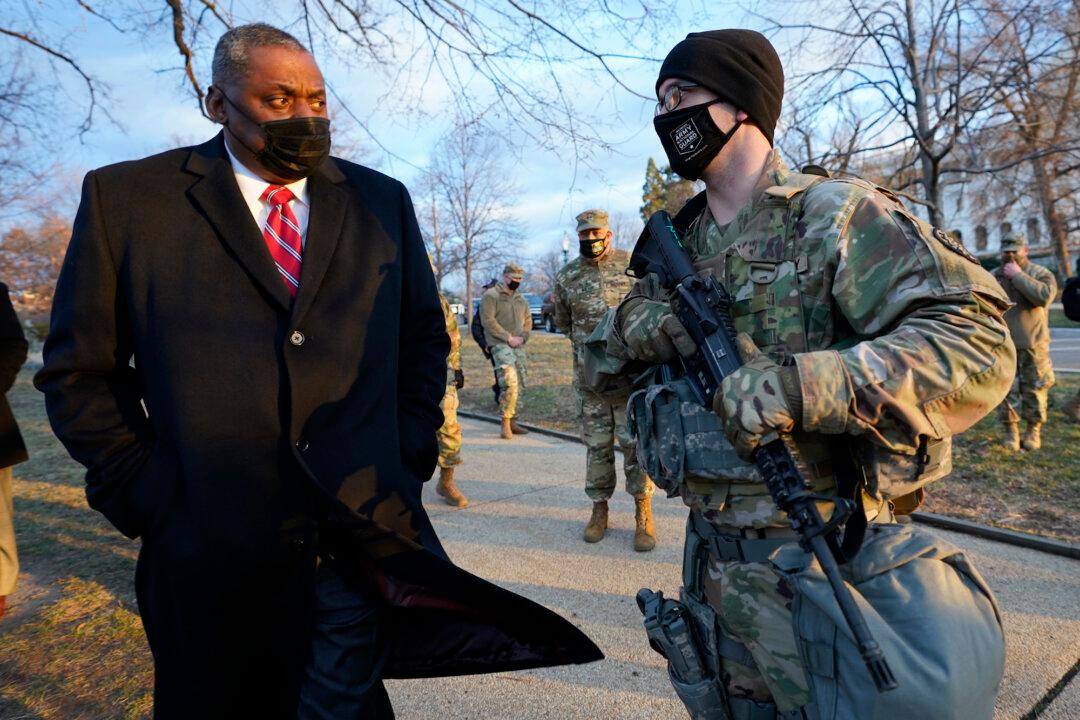Defense Secretary Lloyd Austin has ordered U.S. military commanders to spend time talking to their troops about extremism in the ranks of the armed forces, an issue that has been on the Pentagon’s radar for some time and one that its newly appointed chief has vowed to tackle.
Chief Pentagon spokesman John Kirby said Austin met with all of the military service chiefs and secretaries on Feb. 3 and told them he was ordering a “stand down” by all units in the next 60 days.





